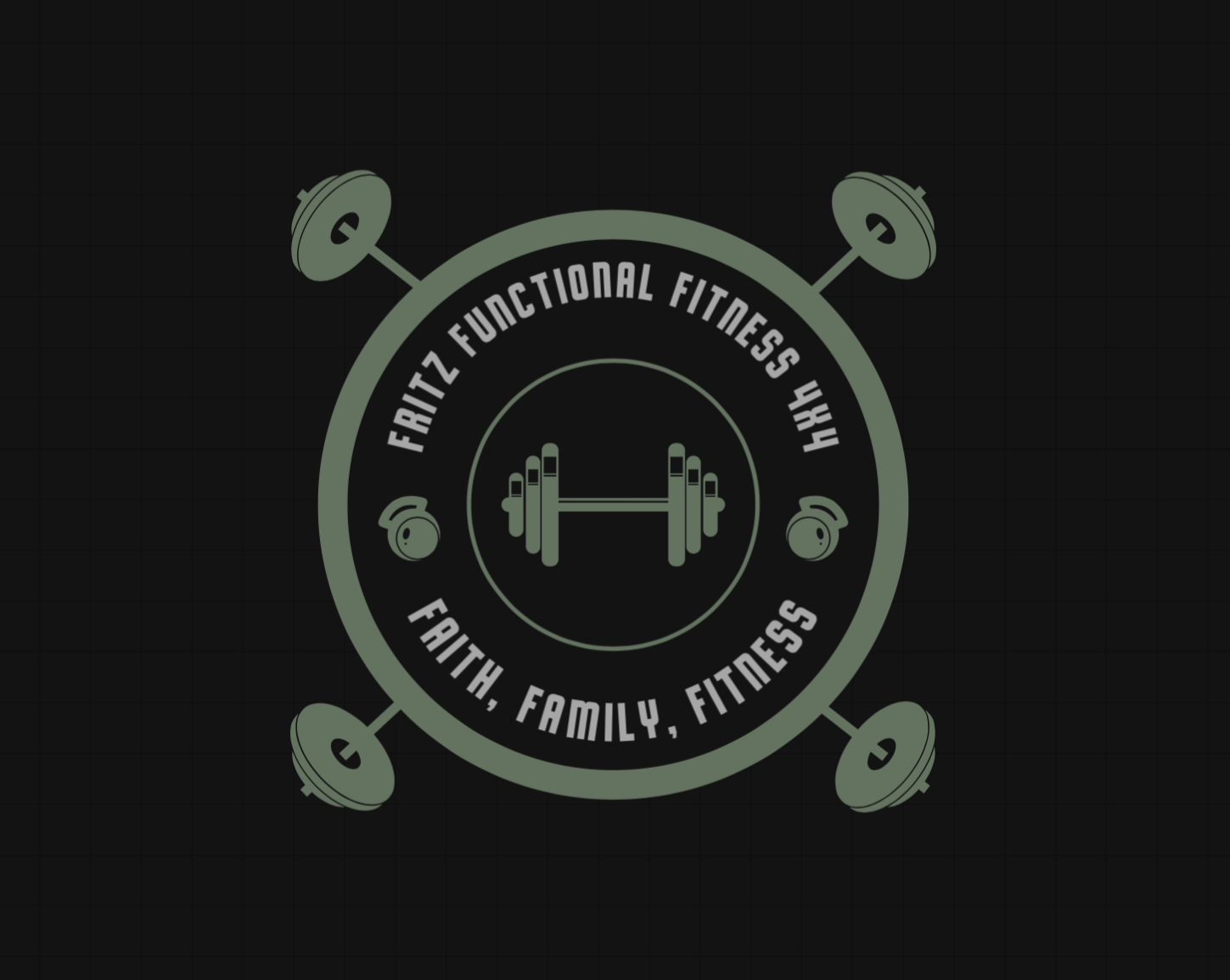The Benefits of Functional Training: Why It's a Game Changer for Fitness
What is Functional Training?
Functional training is more than just a buzzword in the fitness world—it’s a training methodology that has been gaining significant momentum in recent years. As fitness trends evolve, functional training continues to shine due to its unique ability to enhance multiple aspects of physical performance. So, what exactly is functional training, and why should you incorporate it into your fitness regimen? Let’s break it down based on the latest research and trends in the industry.What is Functional Training?
At its core, functional training involves exercises that simulate the movements you perform in everyday life or sports. These exercises focus on improving overall strength, mobility, and endurance by working multiple muscle groups at once. Unlike traditional training that isolates specific muscle groups, functional exercises train the body to move as it does naturally, improving balance, stability, and coordination. Think of exercises like squats, lunges, kettlebell swings, and resistance band exercises—all of which mimic real-life movements.
The Evidence Behind Functional Training
Recent studies and systematic reviews show that functional training has a significant positive impact on physical fitness across a range of key components:
Speed
Muscular Strength
Power
Balance
Agility
According to a systematic review of the literature, functional training notably improved these aspects of physical fitness, supporting the idea that functional training is highly effective for athletes and fitness enthusiasts alike. These findings align with the principle of specificity in training: the more closely the training mimics the movements used in real-life or sport-specific activities, the better the performance gains.
Functional Training's Impact on Flexibility & Muscular Endurance
The research also indicates moderate evidence for improvements in flexibility and muscular endurance through functional training. While these gains may not be as pronounced as those seen in speed, strength, and agility, they still suggest that functional exercises can be beneficial for improving overall mobility and stamina. In a well-rounded fitness plan, functional training can enhance your body’s ability to perform longer and with greater ease.
No Significant Change in Body Composition
One area where functional training showed no significant improvement was in body composition—meaning it didn't substantially reduce body fat or increase lean muscle mass when compared to other forms of exercise like resistance training or cardio-focused routines. However, it's important to remember that body composition is influenced by a variety of factors including diet, genetics, and overall exercise programming. Functional training is still a valuable component of any fitness routine, even if its direct impact on body composition is more limited.
Why Is Functional Training So Popular?
Functional training has earned its place as a Top 10 Fitness Trend, with many fitness experts praising its ability to prepare individuals for the physical demands of everyday life and sports. A number of studies, including those published in the past three years, have shown that functional training is particularly effective in resistance and strength training.
Unlike traditional gym workouts that may focus purely on aesthetics, functional training emphasizes performance. The goal is to enhance your ability to move efficiently and safely, rather than simply building muscle mass. Whether you’re looking to perform better on the field, improve your everyday activities, or recover from an injury, functional training can help improve your body's overall movement patterns.
Caution and the Need for Further Research
While the evidence for functional training is promising, it’s important to approach it with a bit of caution. There are still limitations in the current body of research, and more studies are needed to explore its full impact across various types of athletes and individuals. Researchers like Osipov et al. (2017) recommend further investigation into how functional training affects different types of athletes and how it can be optimized to enhance fitness across a variety of training goals. The future of functional training in sports science looks promising, but more data will be necessary to refine its application.
How to Incorporate Functional Training into Your Routine
If you're considering adding functional training to your workout routine, it’s crucial to start with the basics. Focus on exercises that engage multiple muscle groups and improve your balance, coordination, and strength. Here are a few key exercises to get you started:
Squats (with or without weights)
Lunges (forward, reverse, or lateral)
Deadlifts (using kettlebells or dumbbells)
Kettlebell swings
Push-ups
Plank variations
Resistance band exercises for core stability
Additionally, be sure to mix functional training with other forms of exercise, such as cardio and flexibility work, to create a well-rounded fitness plan.
Conclusion
Functional training offers a comprehensive way to improve your physical fitness, especially in areas such as speed, strength, power, and agility. While it may not drastically alter body composition on its own, it has proven to be an effective method for improving performance in both daily activities and athletic pursuits. As more research is conducted, we can expect to see functional training continue to evolve and play an increasingly important role in modern fitness and sports science.
So, whether you're an athlete looking to enhance your performance or someone simply wanting to move better in daily life, consider adding functional training to your fitness regimen. It’s a game changer!
